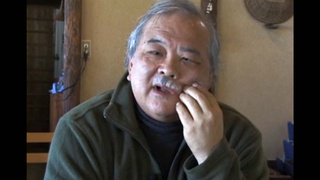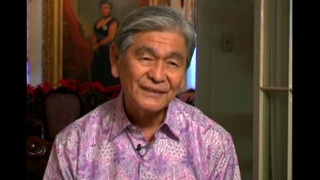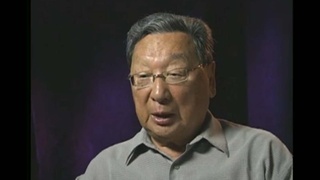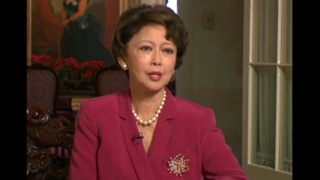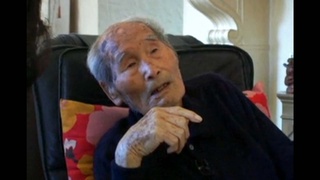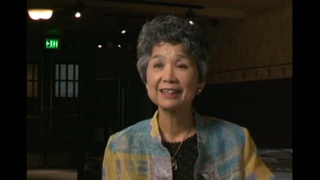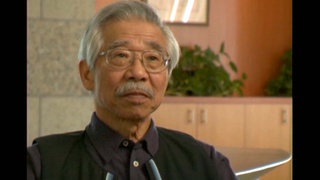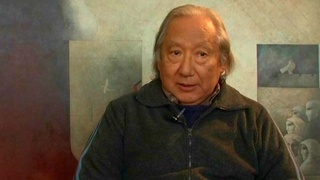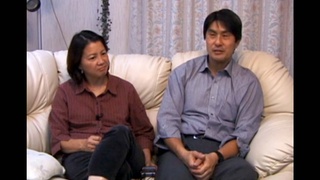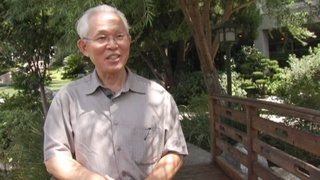Interviews
Going back to Hawaii
I was born in Kumamoto. Among the nine siblings, I was the only one. I mean, eight siblings, I was the only one to be born in Japan. And so, three months after I was born, my father felt that there's no place like Hawaii to bring up his children and to educate them. And I think the children missed, you know, the Hawaiian lifestyle. And because my dad went home with lot of gold and money, the relatives kept on borrowing money from him. And so he thought before he ran out of money, you know, he'd rather come back to Hawaii.
So my life started out quite unusual. We settled back on that old sugar company Camp One was called Japanese camp. And so it was right about the sugar mill, it was the hub of plantation life. All the action took place there and that's the reason why every morning, I watched the workers walk down the dirt road right in the back of our house or front of the house. And I kind of recognized the different types of clothing that they wore depending on their work.
Date: February 19, 2004
Location: Hawai'i, US
Interviewer: Lisa Itagaki, Krissy Kim
Contributed by: Watase Media Arts Center, Japanese American National Museum.

